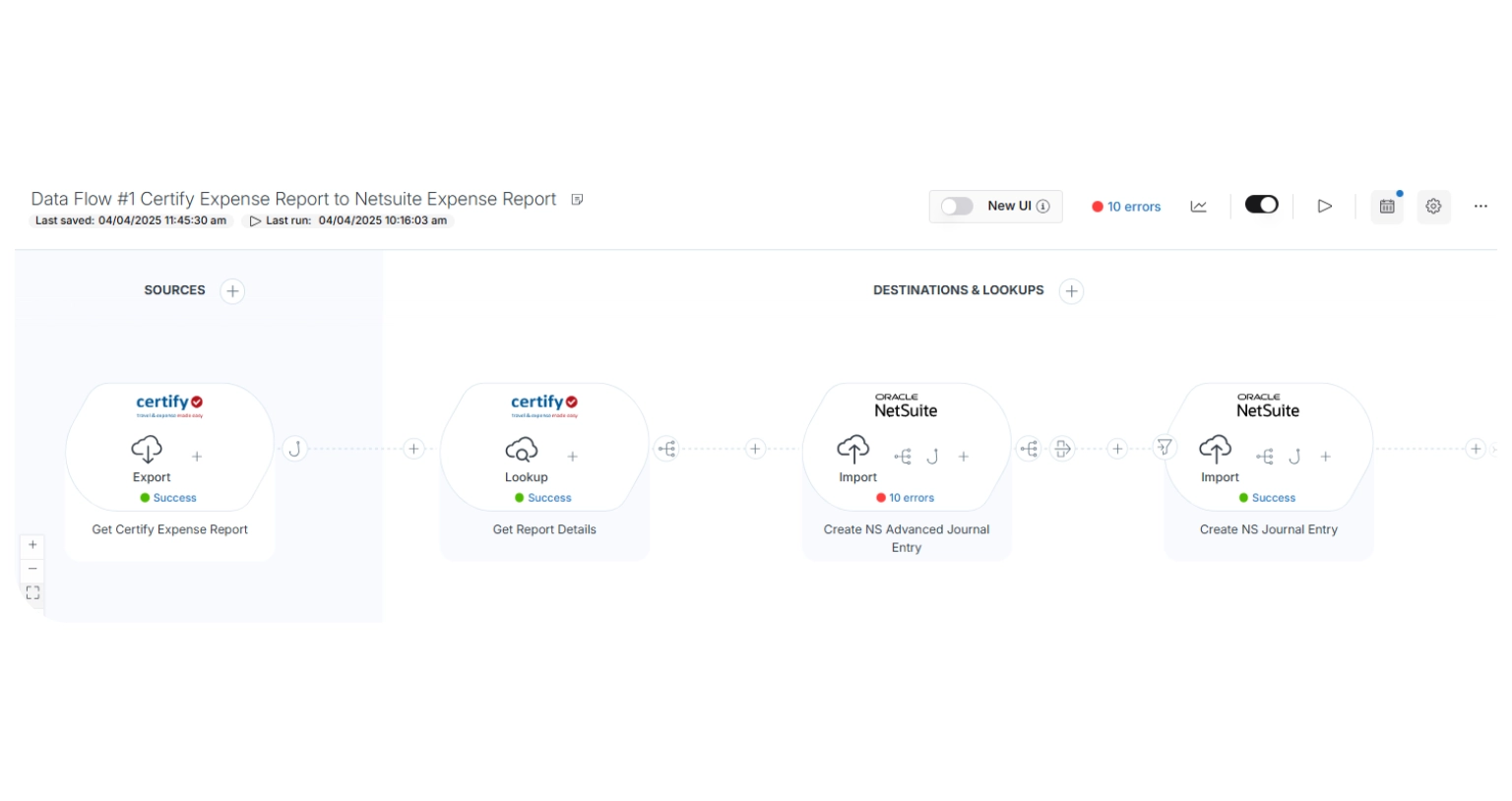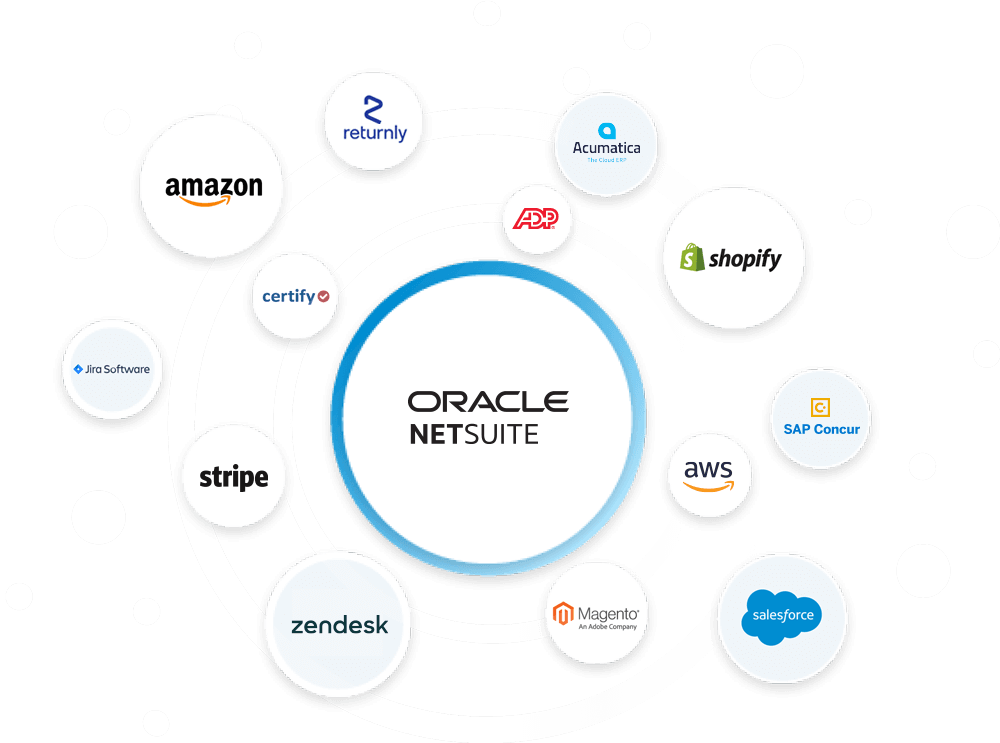Streamlining Expense Report Classification in NetSuite
For small biotech teams, time and accuracy in financial reporting are critical—especially when internal resources are lean. A biotechnology research company came to us with a clear problem: their finance team was spending too much time manually reviewing and inputting employee-submitted expense reports from Certify into NetSuite. Even more frustrating? Some expenses qualified for Advanced Journal Entries, while others did not. Sorting them correctly was a constant headache.
As expense volume grew, so did the risk of misclassification. It wasn’t just a matter of convenience—it was about compliance, auditability, and ensuring the books stayed clean.
Why Traditional Sync Tools Weren’t Cutting It
The core issue was the nuance in classification. The client wasn’t just moving expense data—they were applying business rules to decide how each report should be entered into NetSuite.
Some records had to be posted using NetSuite’s Advanced Journal Entry (AJE) object—typically those with multiple lines or specific allocations. But not all expenses qualified. The rest needed to be logged as standard Journal Entries (JE). Unfortunately, Certify’s out-of-the-box integrations didn’t have the level of conditional filtering needed. And manual oversight meant things slipped through the cracks.
The finance team was stuck playing referee between two systems, trying to spot edge cases and reroute them appropriately.
Our Two-Tier Integration Approach
We built a dual-flow automation between Certify and NetSuite that intelligently routes expense reports based on internal rules:
- Primary Flow: Advanced Journal Entry Creation
Records that meet all conditions for an Advanced Journal Entry are automatically processed and created in NetSuite using the AJE object. This includes added validation to catch incomplete or misformatted data before it’s submitted. - Secondary Flow: Standard Journal Entry Creation
If a record doesn’t meet the criteria for an Advanced Journal Entry, it’s not dropped. Instead, it’s rerouted to the second flow and created as a standard Journal Entry in NetSuite.

This structure ensures no data is lost, nothing gets misclassified, and the finance team doesn’t need to intervene.
Impact on Finance Operations
Since launching the integration, the finance team has seen meaningful improvements across the board:
- Zero Misclassifications: Every expense now lands in the right category—no manual sorting required.
- Time Savings: Automating entry logic freed up hours each month for the team to focus on more strategic work.
- Scalability: The flows were designed to grow with the company’s needs, able to handle increased volume without changes.
- Audit-Ready: With consistent logic applied to every transaction, the company now has a reliable audit trail built into their workflow.
Even with a lean team, this biotech company now operates like a finance powerhouse.
A Platform for Future Automation
What started as a single use case—automating Certify-to-NetSuite expense reporting—has opened the door to more possibilities. The company is now looking at how similar condition-based flows can streamline other parts of their accounting operations, from vendor payments to monthly close processes.
By treating automation not just as a technical solution but as a strategic tool, they’re laying the groundwork for a more efficient, resilient finance stack. If you’re dealing with fragmented expense data or manual journal entry headaches, we’d be happy to help you build something that works just as smoothly.



